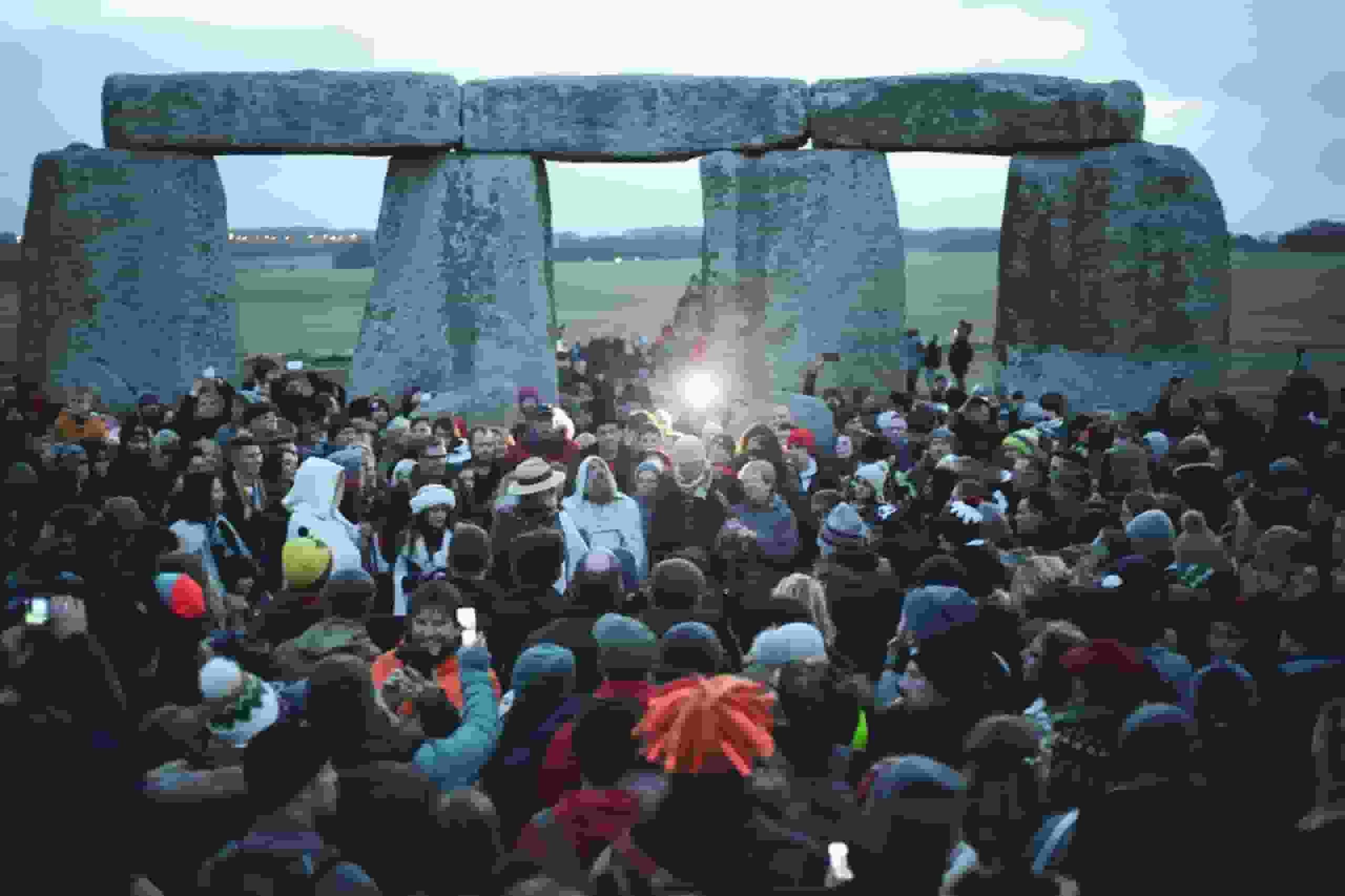The shortest day and the longest, darkest night of the year occur on the winter solstice.
The astronomical event, also known as the December Solstice, takes place because of the tilt of the Earth’s axis of rotation with respect to the sun. Thus, the first day of summer is observed in the Southern Hemisphere while the Northern Hemisphere is experiencing the beginning of the winter season.
Does Winter Solstice Indicate The Beginning of Winter?
But there is good news for those inhabitants of the frozen planet who live north of the equator, Following the winter solstice, the days gradually lengthen. Simply put, more daylight hours mean that summer is one day closer.
Please don’t believe that we overlooked the other two seasons. Equinoxes are also used by planetary scientists to designate the beginning of the autumn and spring seasons, just as the solstices do for winter and summer.
Astronomical seasons are based on the position of the Earth as it revolves around the sun, whereas meteorological seasons are based on cycles in annual temperature. The four seasons, therefore, have various start and end dates depending on the calendar.
According to astronomy, the Northern Hemisphere’s winter begins in December, followed by the beginnings of spring, summer, and autumn in March, June, and September, respectively. In the Northern Hemisphere, the winter months are December, January, and February; the spring months are March, April, and May; the summer months are June, July, and August; and the fall months are September, October, and November.
Why There Is Winter Solstice?
Read more: Alzheimer’s Disease: Stranded dolphins may have neurological impairment

The winter solstice occurs twice a year because of a tilt of the Earth’s axis of rotation of 23.4 degrees with respect to the Earth’s orbit around the Sun. When Earth’s Southern Hemisphere faces the sun in the summer, winter occurs in the Northern Hemisphere, and vice versa.
The tilt of the Earth determines the seasons, which results in uneven amounts of sunlight received by the Northern and Southern Hemispheres during a year. The spring and summer seasons in the Northern Hemisphere are driven by longer days from March to September, whereas the fall and winter seasons are driven by longer nights from September to March.
When Will Winter Solstice Happen?
The Winter Solstice, which occurs tomorrow, is the longest night of the year and the ideal time to view the Milky Way, along with Mars, Jupiter, and Venus.
The annual Winter Solstice commemorates the day when the North Pole is tilted furthest away from the sun.
This year, it falls on December 21, when the skies are expected to be very gloomy because the new moon won’t rise until two days later. This will make for excellent stargazing conditions.
During the astrological event, meteor showers, planets, and the Milky Way will all be visible.
Read more: Suspicious sighting in Jupiter revealed by spacecraft, ground-based telescopes


